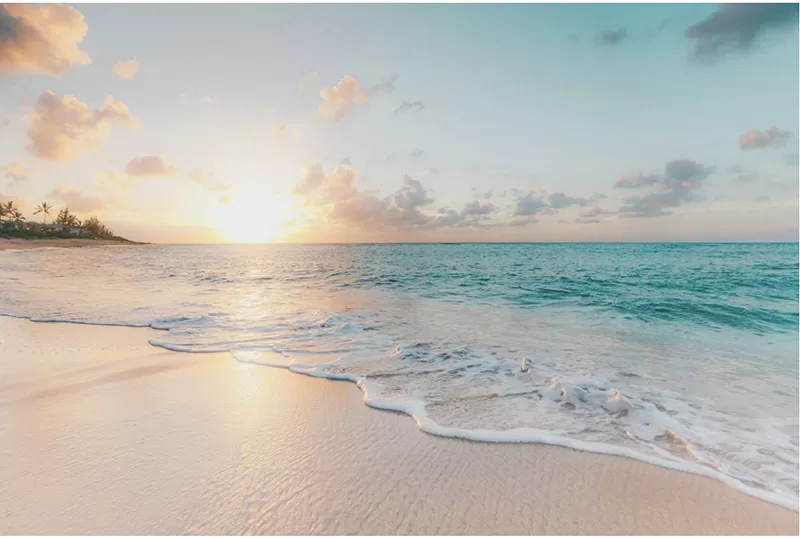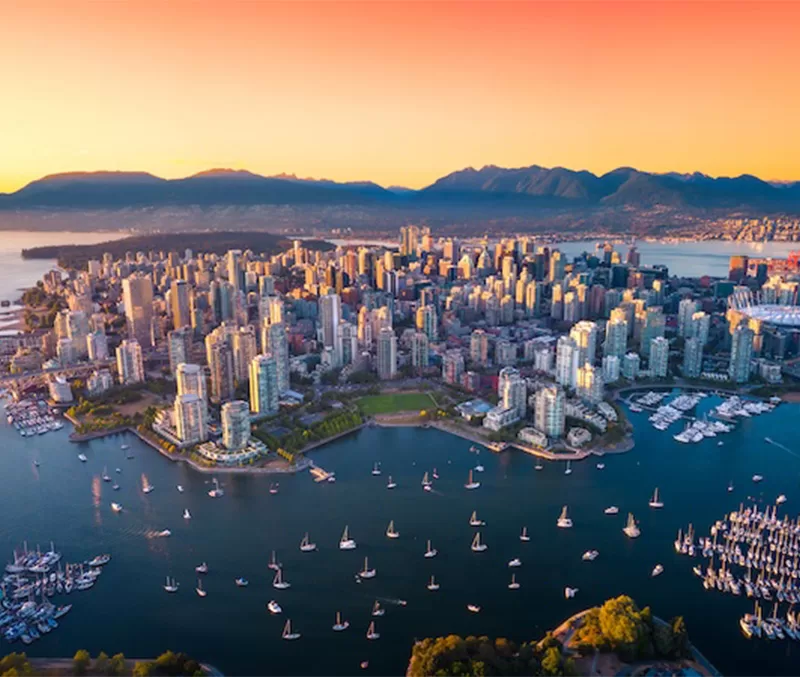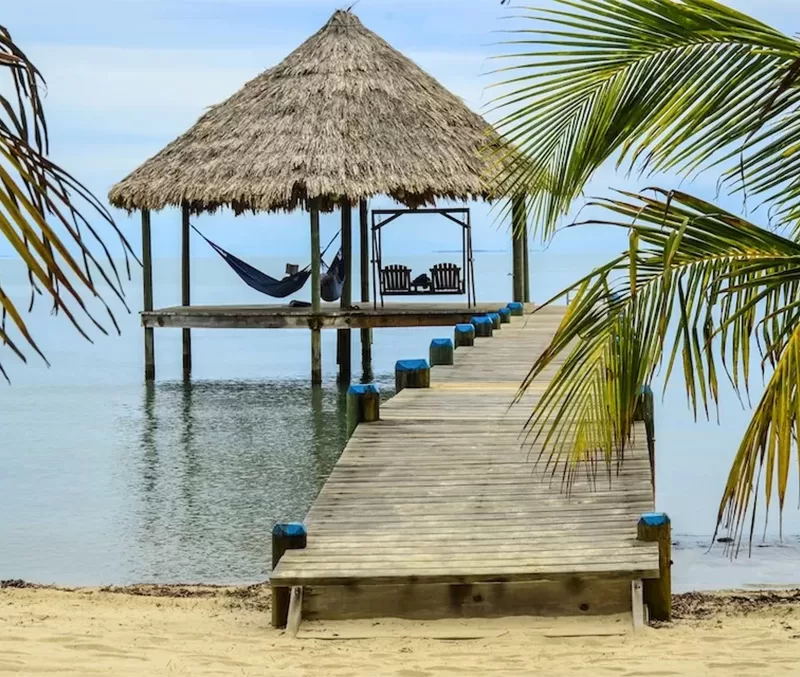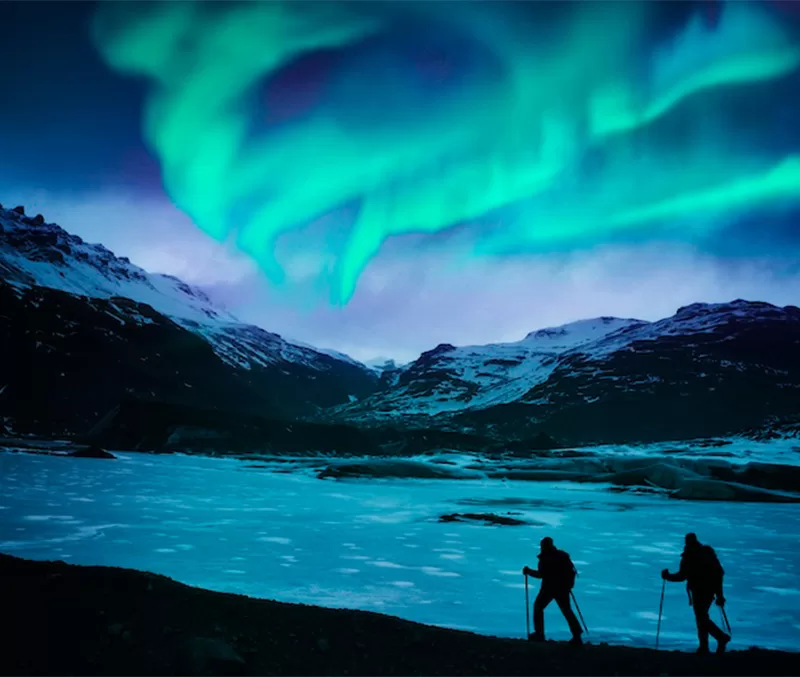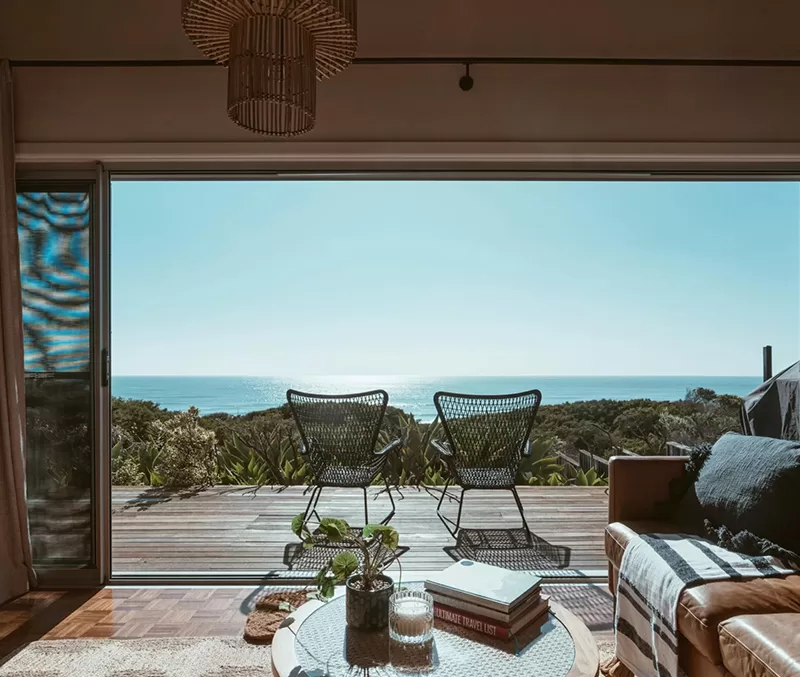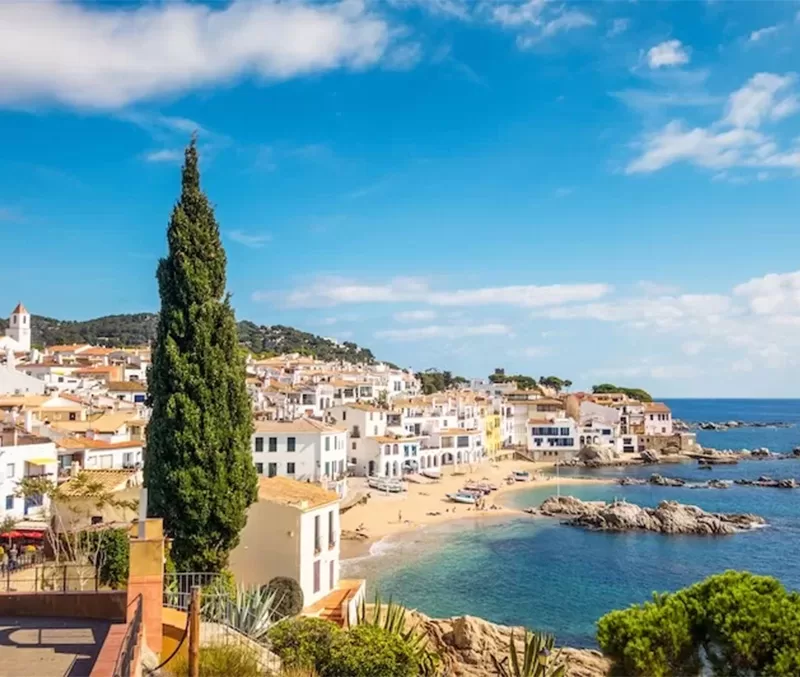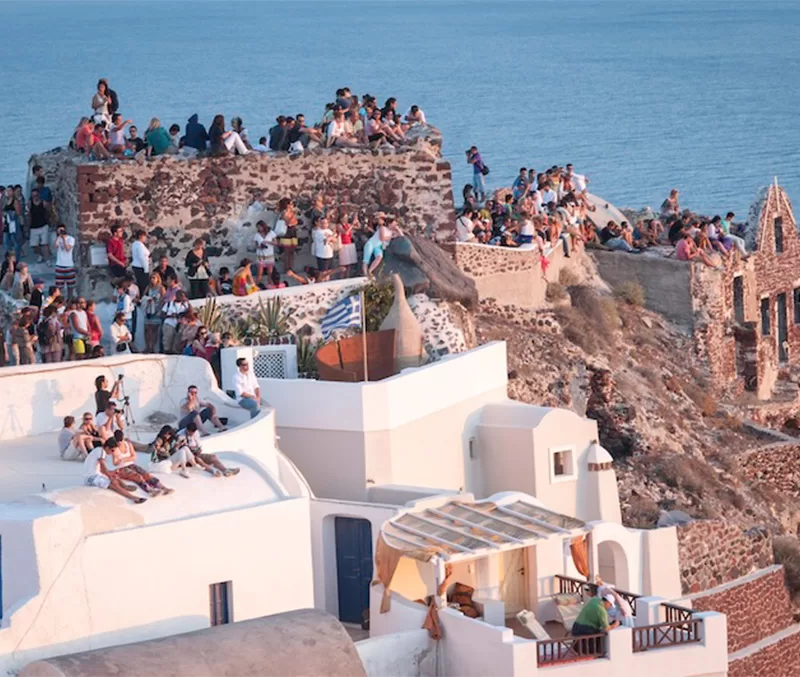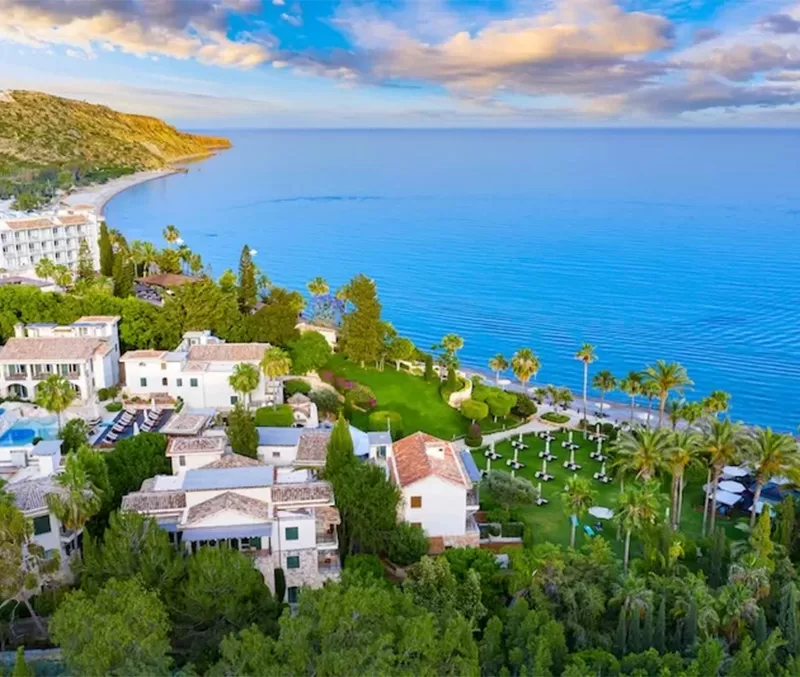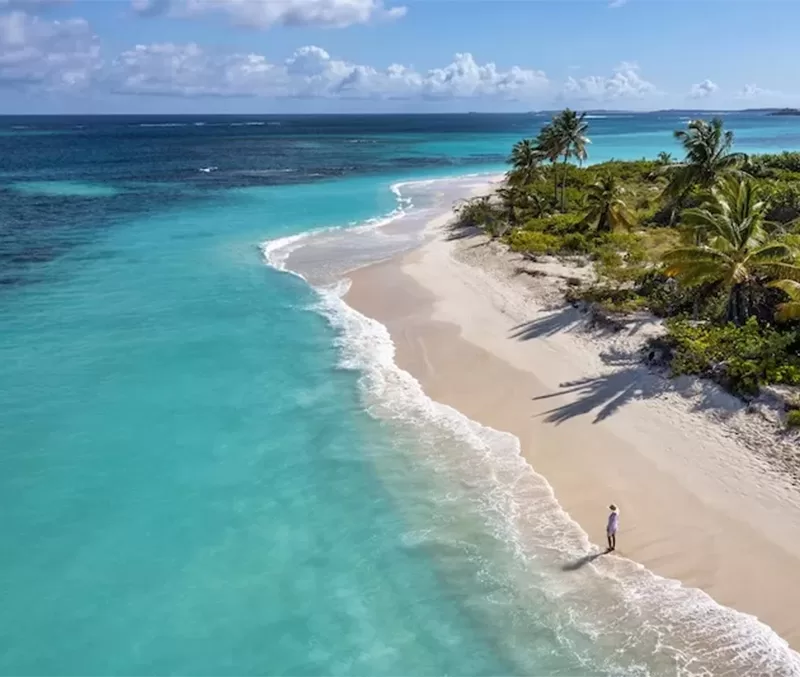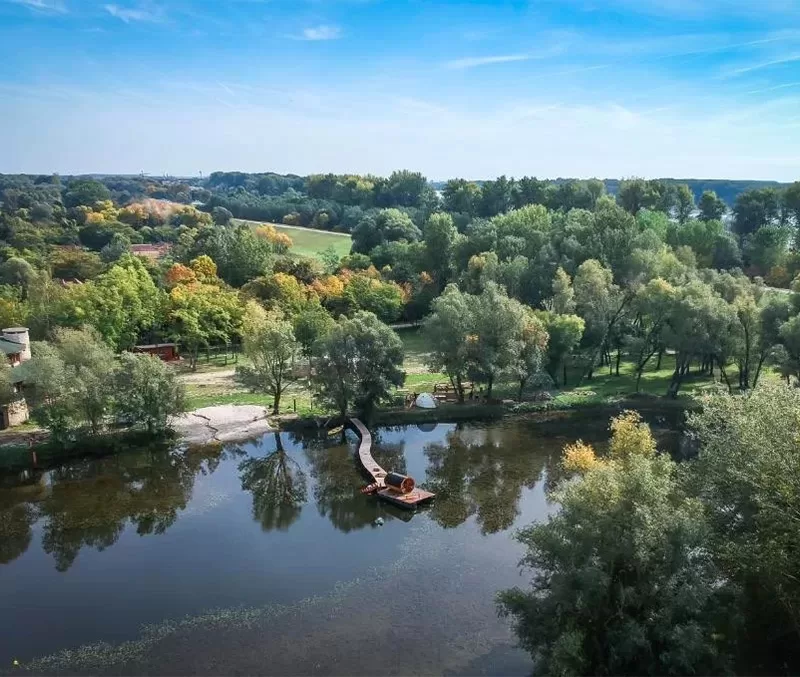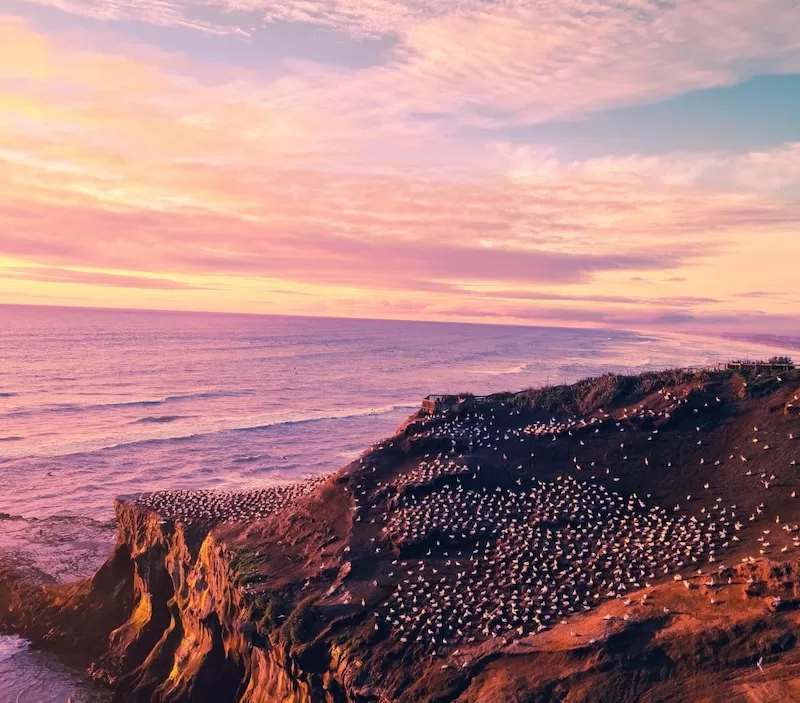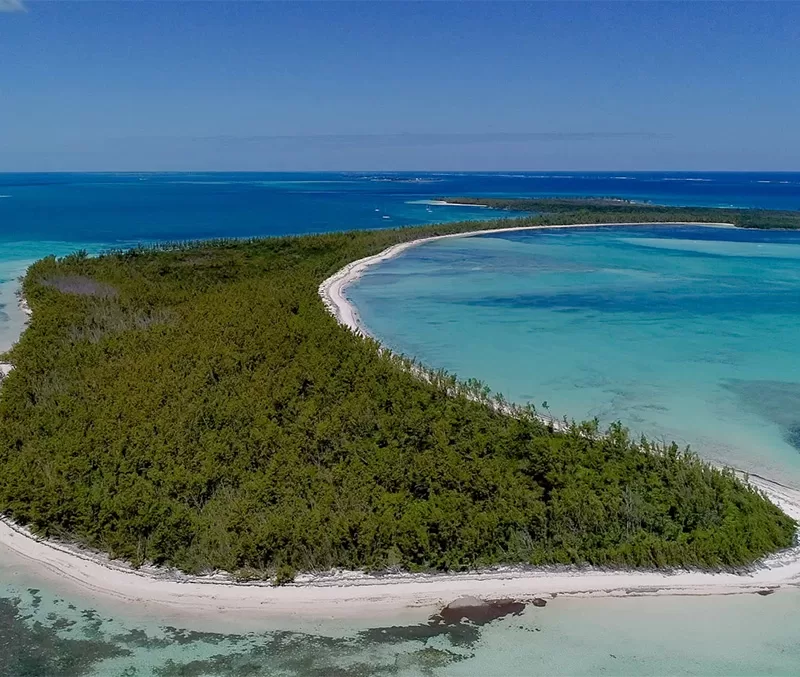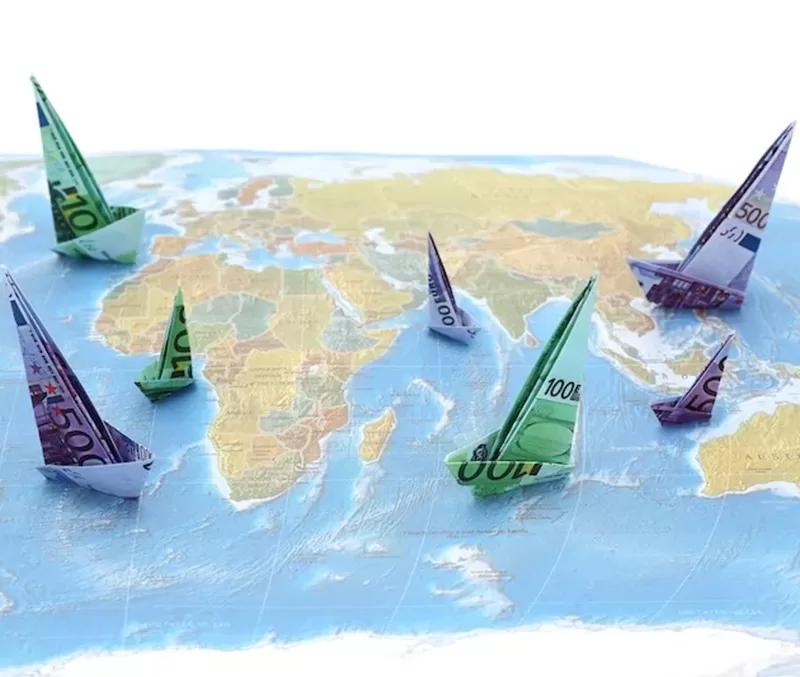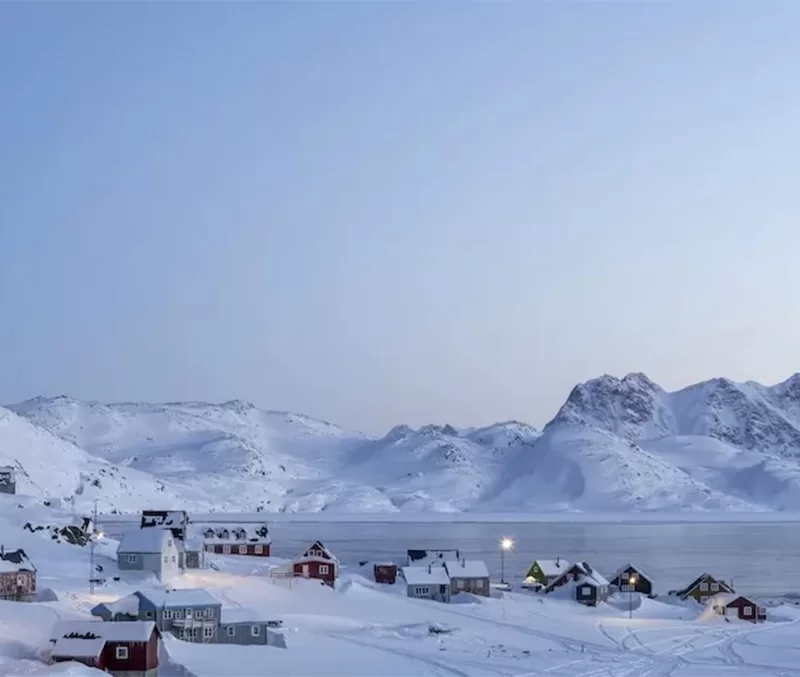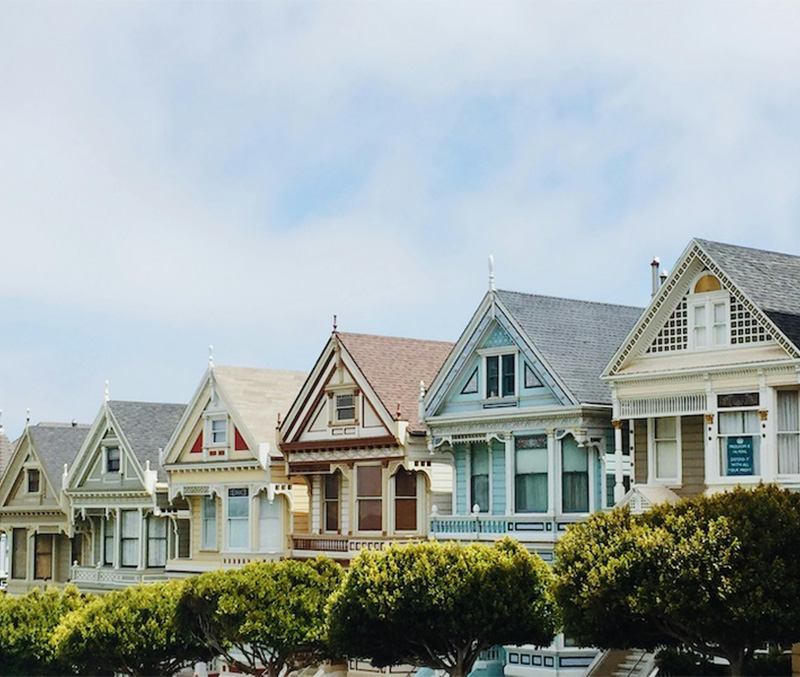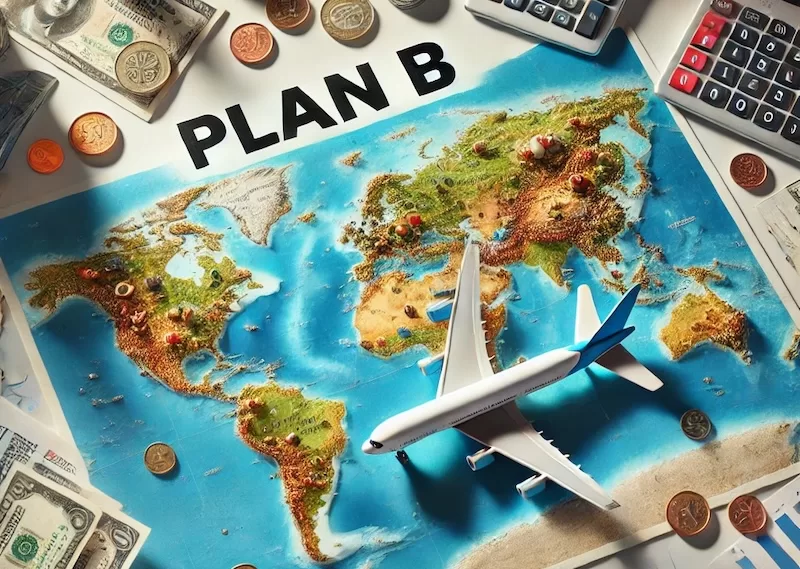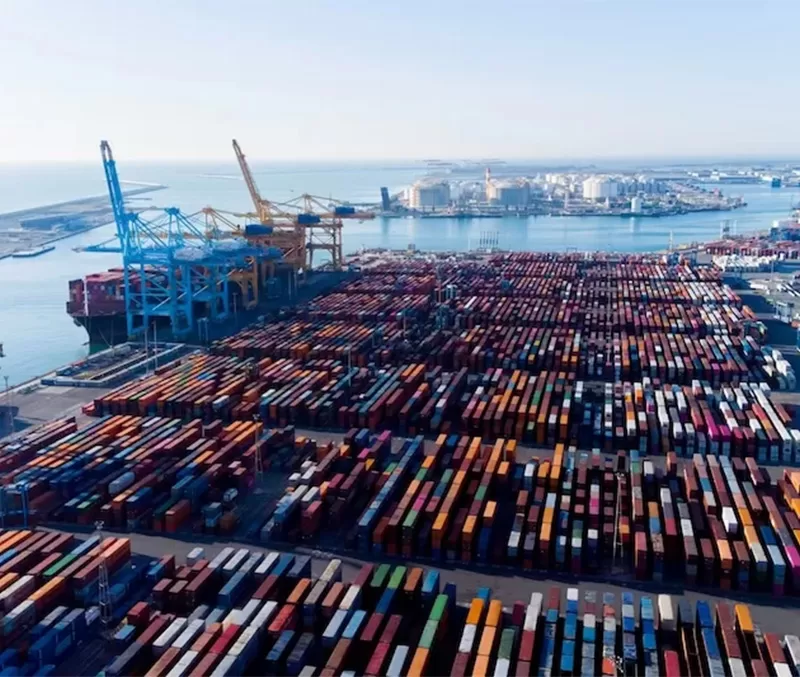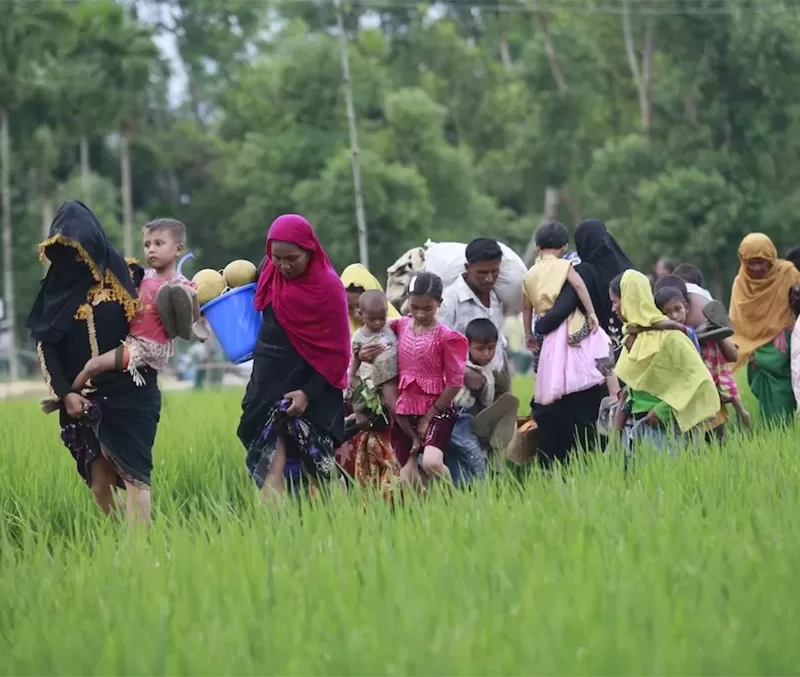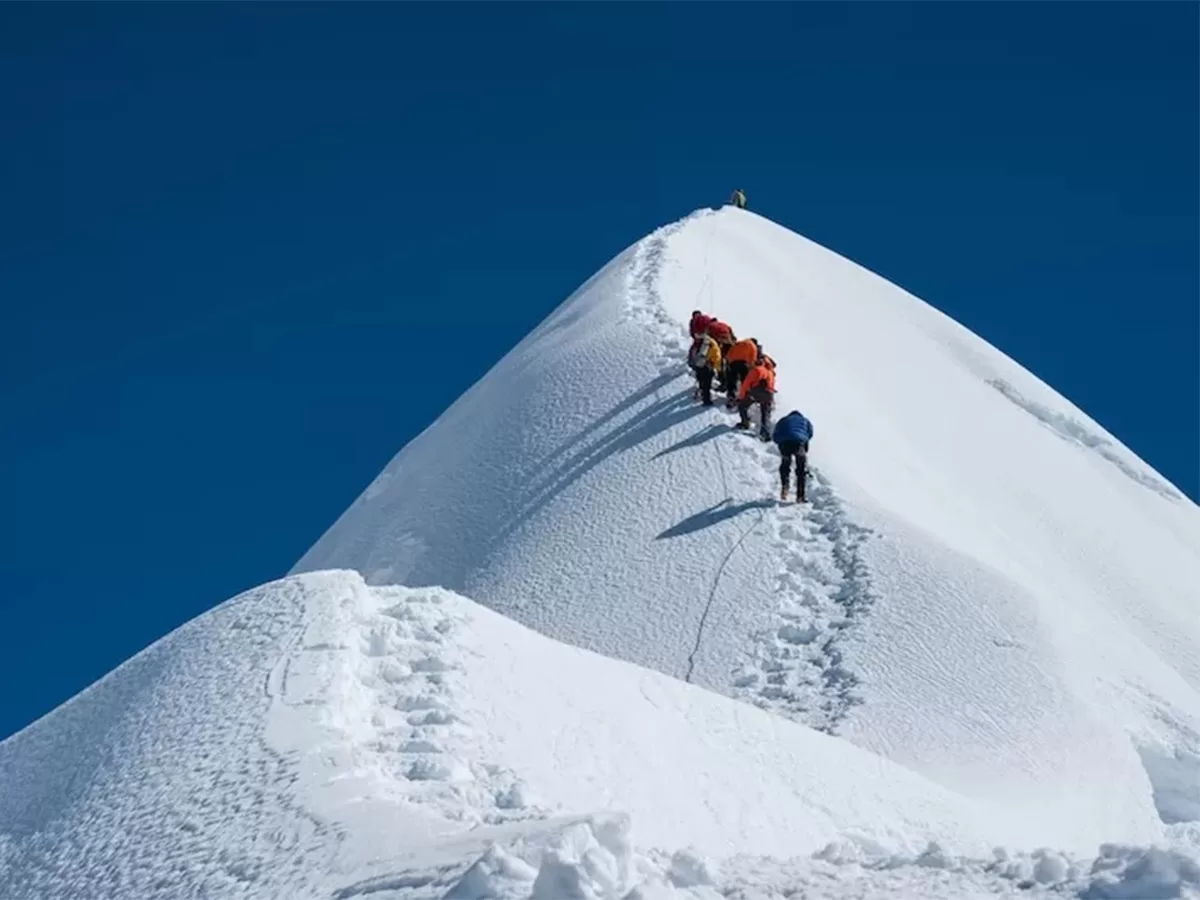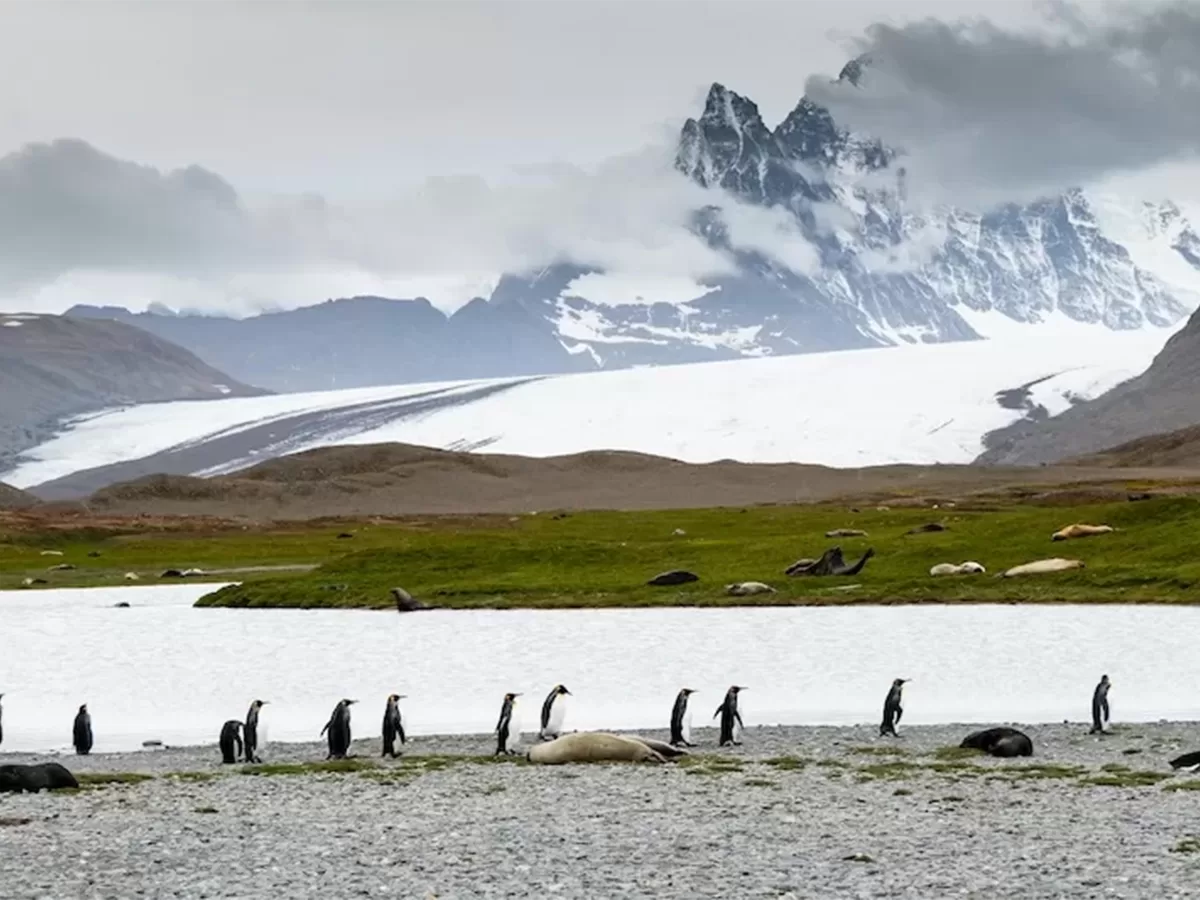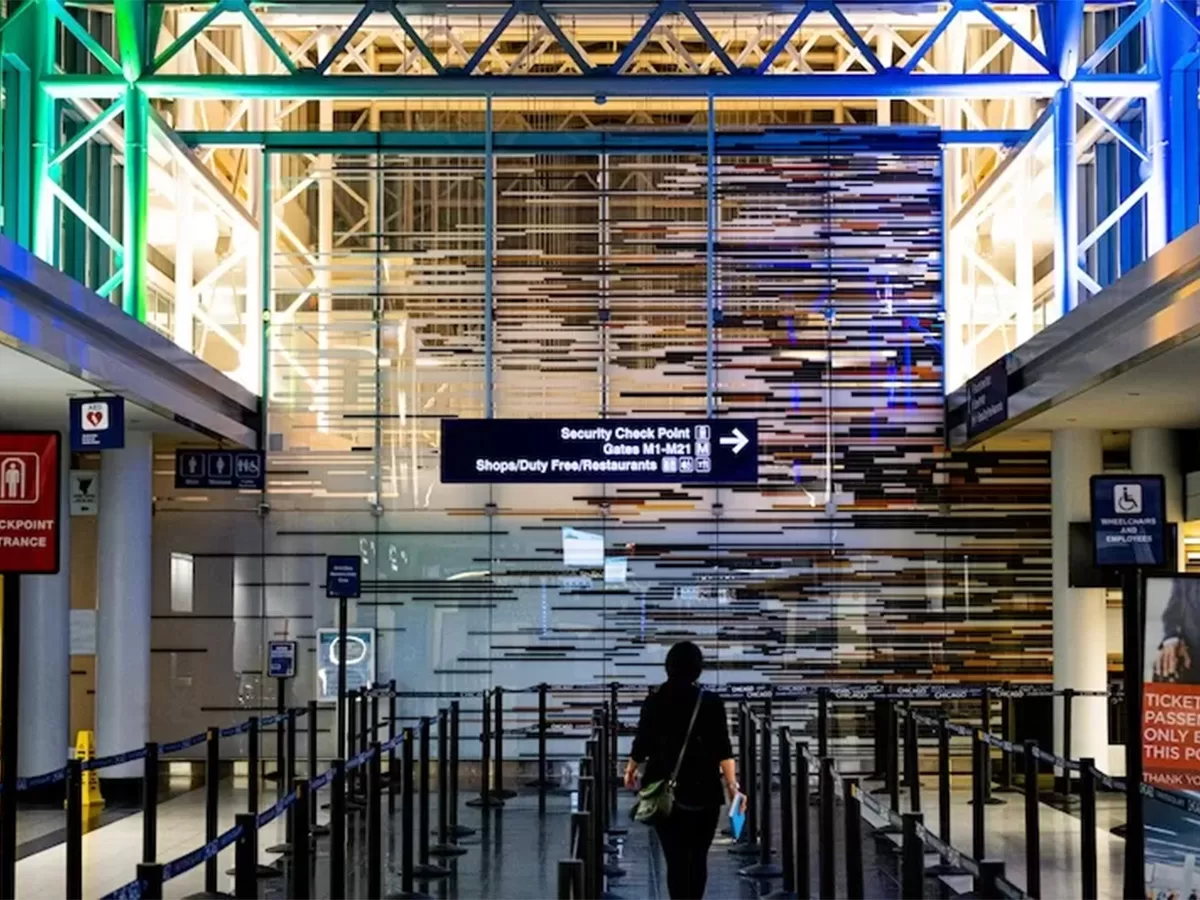Infrastructure
While the Indian economy is booming, the government continues to control most essential infrastructure, and provide slow, incomplete service. Many roads are rough and pot-holed, the electric supply is guaranteed to fail frequently, dialup Internet access is slow and flaky. While this can be annoying, it can serve as an opportunity to free your mind and escape the matrix further. A couple in a nearby village owns a small restaurant and have built their own hydro-power generator, which supplies ample electricity for their home, and its heated floors!
We intend to do the same very soon, and maybe even sell a DIY kit to our neighbors. I expect the stream flowing past our gate will provide us plenty of free electricity for years.
Another expat couple we know powers their entire home with solar panels. They live completely “off the grid” in the middle of the forest – an hour’s walk from the nearest road. They grow their own fruits and vegetables, chop their own wood, and catch their own fish. They have a lovely home and absolutely the most incredible view of the valley and snow capped peaks.
The little town of Manali has a government hospital, which is probably best avoided, as well as the Christian-run Mission Hospital which is where everyone goes. The Mission Hospital has basic equipment and staff who can administer a shot, take X-rays, plaster up a broken limb, stitch up a wound.Your problem can be diagnosed if not cured and then you can get yourself fixed up at the hospitals in either Chandigarh or Delhi. Emergency helicopter airlifts to Delhi are possible.
There is a competent English speaking dentist in town, whom I had occasion to visit last week. His clinic is basic but clean and perfectly adequate for most regular dental work.He cleaned my teeth and treated the inflammation caused by my emerging wisdom tooth, all for under $10. The local chemist carries most medications you’re likely to need, usually priced much lower than they are in the West.
Internet Access
As our livelihood is largely dependent on the Internet, we must have a reliable Internet connection. Sadly, many of the telephone lines here are of poor quality and can’t support a stable connection. Having struggled trying to get connected to the dialup Internet service for hours on end, we were excited when ISDN service was launched in Manali. Our hopes were dashed when we spoke to the first ISDN user here, a cybercafe operator, and he complained that Internet over ISDN was even worse than dialup.”
So we started researching what the private sector had to offer. We now have a DirecWay satellite transceiver from Hughes in our backyard and enjoy always-on broadband Internet access at 256kbps. The installation involved making a phone call to the agent in Jalandhar. He sent an engineer to survey the site and locate the right place to install the dish. Soon after, the dish and VSAT equipment arrived. The installation was free, including the labour to secure the dish to the platform we’d constructed. The up-front hardware cost for such a setup is about $3,500, including a heavy duty online UPS that gives us over 8 hours of backup power for the VSAT and the Internet connection.
Our Internet service plan provides up to 30 MB data transfer per day for about $100 a month. It does sound expensive when compared to Western cities and even Indian cities but the offsetting advantage is that you can live in the Himalayas in luxury at very low cost. Lower cost plans are also available, and we can have the service disconnected (and pay nothing) for the months we aren’t here.
The dialup Internet service is also working pretty well for us now. Apparently we’re lucky enough to have a fairly clean phone connection. A noisy line can probably be fixed by tipping the linesman a few rupees, or treating him to a bottle of imported whiskey.
Excerpted from “Living In The Valley Of Gods: Life In The Himalayan Highlands” in Escape From America Magazine, Issue 55.



